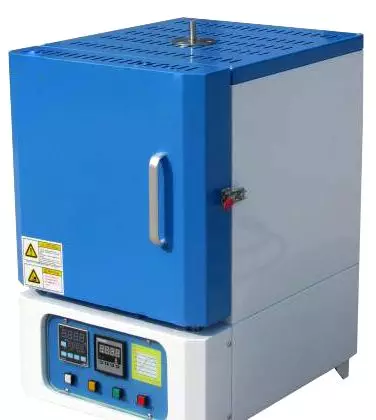- 12
- Dec
Integrated heat transfer principle inside the muffle furnace
Integrated heat transfer principle inside the muffle furnace
In the heat exchange of the muffle furnace, it is usually divided into at least three different temperature zones: furnace gas, furnace wall and heated metal. Among them, the temperature Z of the furnace gas is high; the temperature of the furnace wall is second; the temperature of the heated metal Z is low. In this way, between the furnace and the furnace wall, between the furnace gas and the metal, and between the furnace wall and the metal, heat exchange is carried out in the form of radiation and convection, and there is also heat loss due to the heat conduction of the furnace wall (the The heat loss also has a certain influence on the heat exchange in the furnace).
1. Radiation heat transfer of furnace gas to metal After the heat radiated by furnace gas is transferred to the furnace wall and the surface of the metal, part of it is attracted and the other part is reflected back. The reflected heat must pass through the furnace gas that fills the furnace, part of which is absorbed by the furnace gas, and the remaining part is radiated to the opposite furnace wall or metal, and it is radiated repeatedly.
2. Convective heat transfer of furnace gas to metal In the existing furnace of flame furnace, the temperature of furnace gas is mostly in the range of 800℃~1400℃. When the furnace gas temperature is around 800°C, the effects of radiation and convection are almost equal. When the furnace gas temperature is higher than 800°C, the convective heat transfer decreases, while the radiative heat transfer increases sharply. For example, when the temperature of the open-hearth furnace gas in a steel mill reaches about 1800°C, the radiant part has reached about 95% of the total heat transfer.
3. The radiation heat transfer of the furnace wall and the furnace roof to the metal is similar to the previous one, and it is also repeated continuous radiation. The difference is that the inner surface of the furnace wall also absorbs heat in a convective manner, and this heat is still transmitted in a radiant manner.
Only when the internal heat transfer of the muffle furnace is uniform can the use effect of the muffle furnace be better. After reading the above content, you should understand the integrated heat transfer process inside the muffle furnace.


